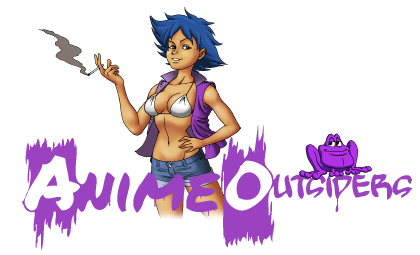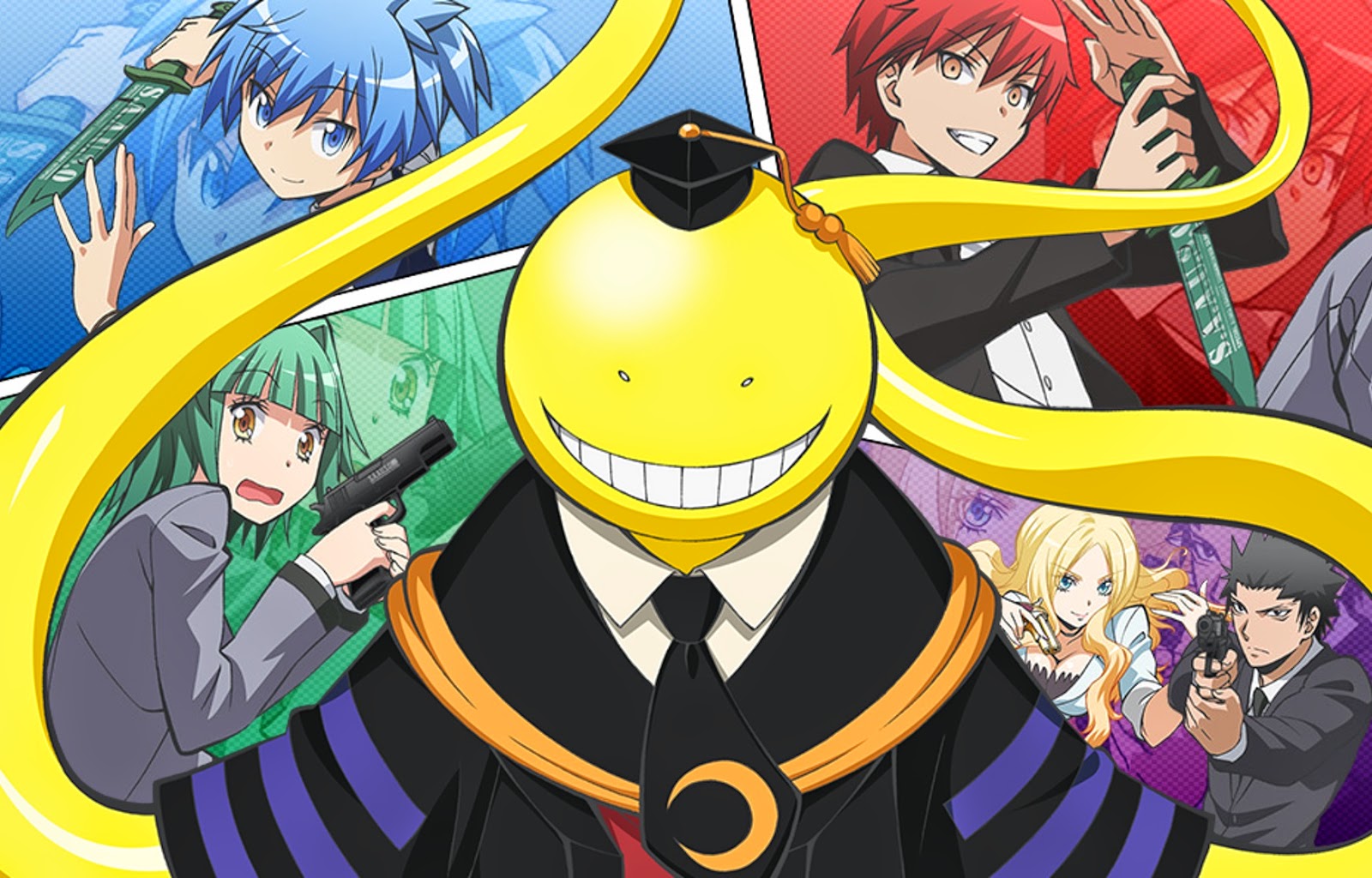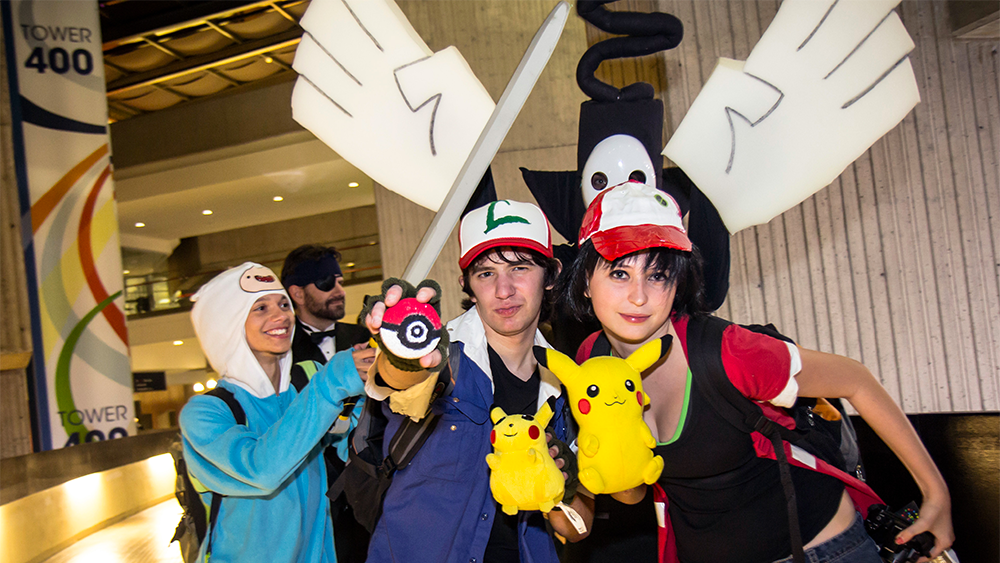Evan O’s Indie Game Roundup

Steam has over 10,000 games available at basically a pittance, so it’s often tempting to take a look at some of the more obscure offerings buried in the catalog, and maybe even throw a few bucks at one of those off-site bundles. In this first installment of my new column, I’m going to teach you why this is a terrible idea.
Game #1: Painted Legend

If the totally non-hyperbolic media is to be believed, the United States will be taken over by Vladolf Hitler and become the prison colony of Communazi Russia in about five nanoseconds, so I felt it pertinent to immerse myself in their culture by playing an indie game from the Motherland. Painted Legend is an action platformer released in 2016 and after playing it, I feel like I’ve learned nothing about anything. The first thing you will notice about the game is its striking visual aesthetic; everything resembles a drawing on graph paper, though the effect is more believable on sprites than it is on backgrounds, which are susceptible to screen-tearing. The second thing you will notice about Painted Legend is that the controls are very simplistic: WASD to move and F to attack. In case you’re keeping score, that means, yes, you press up to jump. This would be fine but the jumping is awkward. In most video games when you release the jump button you maintain momentum when moving forward, but in Painted Legend, the second you release the button, you sink straight down like a rock. Considering this is a game with several instakill hazards such as sawblades and lava, this can get irritating. The combat can also be tedious. Outside of bosses, who have a health bar, it’s hard to tell when you’re hitting an enemy. I did not want to trash Painted Legend, as it had a good concept, but in the end, it gave me no compelling reason to play it again.
Game #2: Magnetic by Nature

I weep for the AAA market, where every single game is exactly the same. Madden? Call of Duty? Literally no difference. If you want true innovation, take a look at the indie games, like Magnetic by Nature. Released by Team Tripleslash in 2014 for PC and Ouya, this game breaks new ground with its concept. See, not only is it a platformer, but it’s also… wait for it… a PUZZLE game. In case that isn’t enticing enough it’s also… get this… a HARDCORE platformer! Shower this team in IGF awards! Sarcasm aside, Magnetic by Nature at least has a couple advantages over other hardcore platformers. For one, it isn’t trying to be a super retro old-skool game like Super Meat Boy, Electronic Super Joy or even the next game I’ll be covering. In fact, the aesthetic is kind of nice… shame it’s running in Unity, aka “the Comic Sans of game engines.” This game chugs a lot more than any puzzle platformer has a right to. The gimmick to Magnetic is that your player character can generate a magnetic field to either attract or repel themselves to balls and beacons strewn about the level. A few of the levels had some real brainbusters, but most of them come down to “make these precise movements or you’ll land on a spike, fuck you and die!” This would be a lot easier if there weren’t so many variables that determine if you’ll make it or eat shit. How fast are you going? What position in the air were you at when you activated the field? Are you trying to attract or repel a beacon or a ball? If it’s a beacon, what was it’s position? If you do manage to get pulled in, will you rebound into a spike? If it’s a ball, how close are you to the ball? Is it near a red wall it can’t go through, a blue wall you can’t go through, or neither? Is there a slope it could roll down, putting it outside of your range? Maybe I’m just not smart enough to do advanced physics within seconds for the sake of a game about collecting flowers for your robot friends, but I’m perfectly fine with that. I’d rather my puzzle games allow me to take my time to solve them.
Game #3: Manos: The Hands of Fate

Manos: The Hands of Fate doesn’t so much appeal to a niche as it does a niche within a niche within a niche, until you have a matroyshka doll of niches. This one comes to us from Freakzone, who would go on to make two games based on The Angry Video Game Nerd. For those unaware, Manos is an adaptation of a 1966 horror movie of the same name, which only exists because a fertilizer salesman wanted to win a bet. It sucked and toiled in obscurity, until Mystery Science Theater 3000 made fun of it over 25 years later. Other MST3K episodes, such as Hobgoblins and The Screaming Skull are referenced, and eventually, the designers threw up their hands and said “Fuck it, let’s include some B-movies that weren’t even shown on MST3K!” This leads to two boss fights against The Giant Claw and a tribute to Plan 9 from Outer Space. Now, to be fair, there are plenty of good games that took inspiration from B-movies, such as Zombies Ate My Neighbors, Lollipop Chainsaw, and Redneck Rampage, but this isn’t one of them. One look at the game’s fictional boxart makes it very clear this is supposed to be a parody of crappy licensed platformers for the NES, meaning that it includes all the classic tropes: annoying enemy placement, bosses that take way too many hits to defeat, bottomless pits everywhere, and stiff controls to navigate them with! It’s an accurate homage to bad NES games, but only in that it’s bad. So to recap, this game is aimed at people who are familiar with not just MST3K, but B-movies in general, but also can appreciate the joke of “It’s just like those terrible games you used to play as a kid.” There’s 7 billion people on this planet, but even then, I’d be hard-pressed to find someone who fits the mold.
Game #4: Little Inferno

Imagine if you decided to pop in a video game to relax. Let’s say, Super Mario 64. Now imagine every five minutes, the game would stop, and a letter would show up on the screen saying “WOW, AREN’T VIDEO GAMES COMPLETELY POINTLESS TIME-WASTERS? HAHAHAHAHA. ;)” That would probably be more fun and more subtle than Little Inferno. First released in 2012 as a Wii U launch title, this game comes to us from Tomorrow Corporation, a company formed by World of Goo creator Kyle Gabler. The way this game works is simple: you buy things from a catalogue with in-game currency, it gets shipped to you and you burn it, getting more money than you spent on it. Wrap this up in an artstyle resembling a poor man’s Don Hertzfeldt, rinse and repeat. It’s kind of like Farmville, but made for verified Twitter users. Now as you’re burning teddy bears, TVs and wine bottles, you occasionally get letters from various people to explain the backstory, and thus the message. The world is in an ice age where the snow is so heavy it obscures the sun, so instead of going outside, kids stay in their house and play with Little Inferno fireplaces. You get correspondence from a girl who keeps wondering what the world is like out there but cannot pry herself away from the fireplace until it winds up burning her house down. It’s very subtle like that. Eventually (and I don’t care about spoiling) you learn that the girl didn’t die in the house fire, but decided to finally explore the world and she encourages you to burn your house down. Once you do, you enter a point-and-click section where you go to Tomorrow Corporation (which is an in-game toy company as well as the actual company that made this game) where you get moralized to even more about how you wasted about 3 hours of your time. Much like Manos, it succeeds in what it set out to do, but what it set out to do was a stupid fucking idea in the first place! This is easily one of the worst games I’ve ever played, and I say that having played Sonic ’06 and Ride to Hell: Retribution. Don’t expect a review of World of Goo or Tomorrow Corporation’s other game Human Resource Machine either. Wouldn’t want to be wasting my time playing a stupid video game, after all.



